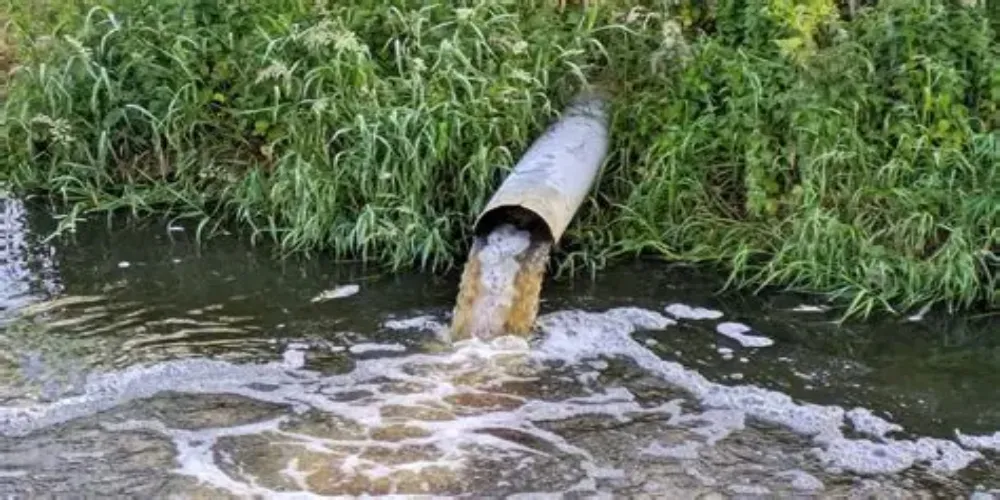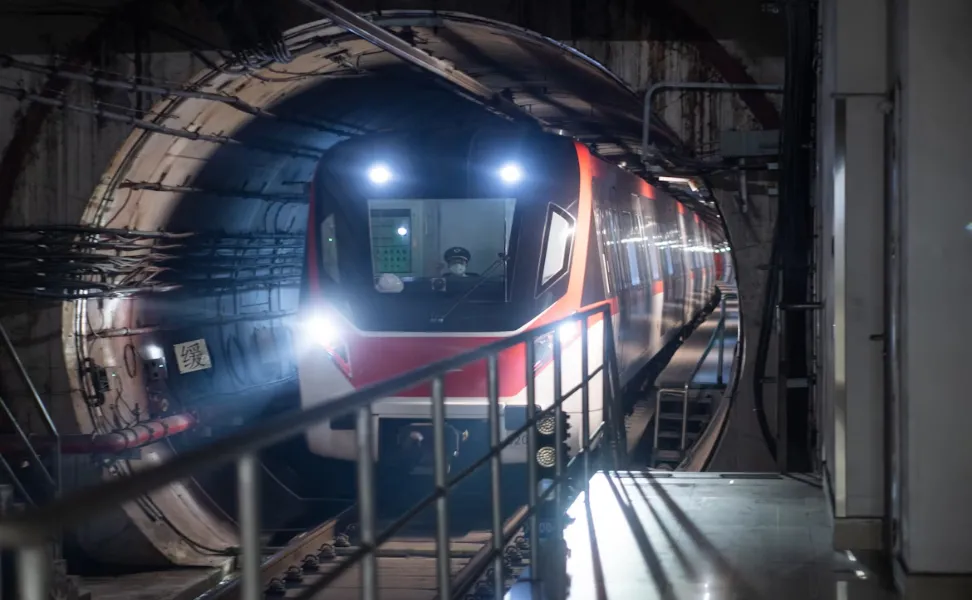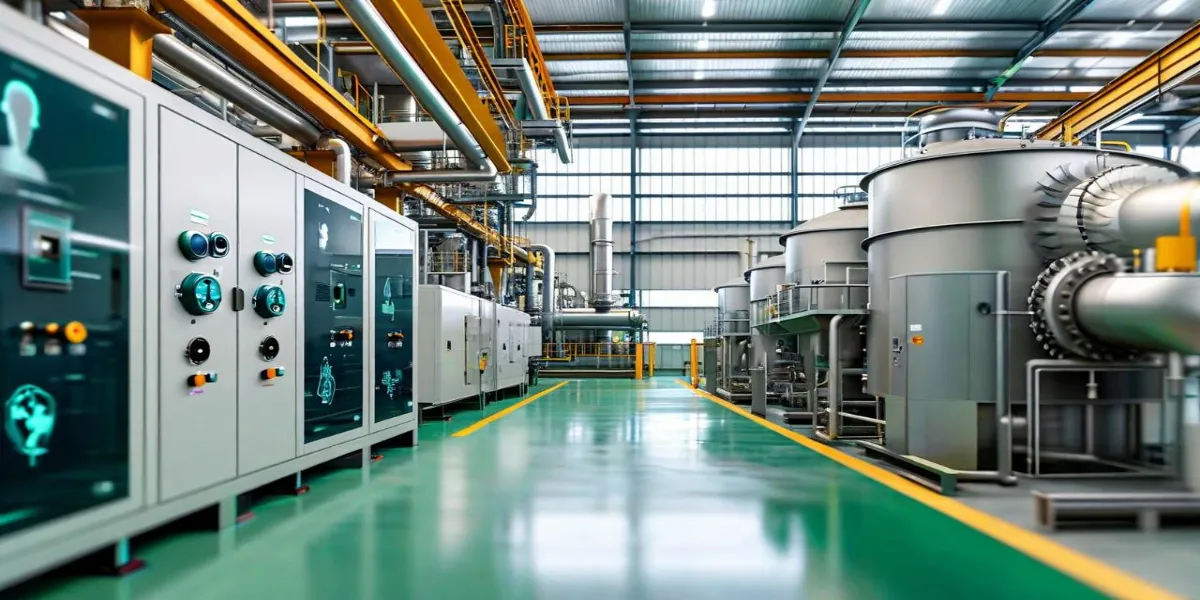A scientist outlines steps to make India’s steel industry more environment-friendly.
Steel manufacturing currently accounts for 32-35 per cent of India’s manufacturing sector greenhouse gas (GHG) emissions. Not surprisingly, steel is classed a ‘dirty’ industry, and is attracting attention for the possibility of becoming greener, especially with India announcing it intends to achieve net-zero by 2070. Apart from the conventional mode of making steel in a blast furnace, steel can be made using hydrogen, in particular, using green hydrogen, i.e. hydrogen sourced from water using green (solar and wind) energy. The big question is: is it cost-effective to make steel from green hydrogen, and hence, can green hydrogen effectively help to decarbonise
steel manufacturing?
At least, not at the current cost and efficiency levels of solar and wind power energy, explains Dr Deepak Yadav, Programme Associate, Council on Energy, Environment and Water (CEEW). “If solar power were to cost less than
Rs.1 per kWh and wind power cost less than
Rs.1.5 per kWh, and the cost of the electrolyser used to produce the hydrogen that extracts iron from iron ore was to fall from about $750 per kW to $200 per kW, then, green hydrogen would cost around $1.3 per kg. At that level, it would be as cost-effective to make steel using green hydrogen as it is in a blast furnace.”
Considering that we are far from developing solar and wind power energy to the desirable level, can India even consider an alternative way of making steel? After all, no other country in the world is commercially producing green steel so far. So, why expect India to do so?
In conversation with INFRASTRUCTURE TODAY, Dr Yadav put forward the concept of greening steel. Green steel is still some time away but the industry can take steps towards making steel in a cleaner way.
“In 2017, two Swedish companies started the Hydrogen Breakthrough Iron-making Technology (HYBRIT) project to achieve
100 per cent fossil-free steelmaking by 2035,” says Dr Yadav. “HYBRIT has shown that it is technically feasible to produce steel with hydrogen. So, considering India’s ambitious plans to achieve net-zero by 2070, industrial decarbonisation especially in ‘dirty’ sectors like iron and steel is the key. Piloting and thereafter, commercialising hydrogen-based steelmaking would help India eventually cut down on the $7-8 billion worth of coking coal it imports for use in steelmaking blast furnaces.”
Dr Yadav proposes that the industry use natural gas as a bridge fuel until such time that the cost of green hydrogen falls to a more acceptable level. With hydrogen from natural gas, the industry can start the process of greening the production of steel and incrementally increase the share of green hydrogen. If only 9 per cent green hydrogen were to be used (and 91 per cent hydrogen obtained from natural gas), crude steel would cost
$443 per tonne, as against an average
$408 per tonne for crude steel made in a blast furnace. If by 2030, the share of green hydrogen were to be scaled up to 60 per cent (and
40 per cent hydrogen were sourced
from natural gas), a tonne of crude steel would cost $424. By 2040, using 100 per cent green hydrogen-based steel would bring down the cost of a tonne of crude steel to $386.
The proposed target for 2040 would be met much faster if the cost of green hydrogen were to reduce faster than envisaged. Industries like Reliance and Ohmium have set a target of achieving a cost of $1 per kg by 2030. If that were to materialise, green steel would become commercially viable and could compete with coal-based steel in the next decade.
What policy changes would this transition mandate?
“For starters, government interventions will be needed to provide affordable natural gas to the steel industry for a smooth transition to hydrogen-based steelmaking,” says Dr Yadav. “Currently, natural gas is available to the
industry at 13-16 USD/MMBtu. However, the industry needs gas at 6-8 USD/MMBtu to be competitive with coal-based technologies. This low-cost supply is vital to encourage the industry to plan investments for a hydrogen-ready future.”
Also, existing commercial shaft furnace technology can handle up to 70 per cent green hydrogen with the possibility of handling
100 per cent with minimal additional capital investment, says Dr Yadav. However, coal-based technologies like blast furnaces are not amenable for a full transition to green hydrogen. Therefore, Dr Yadav emphasises that some pilots are vital to support policy directives aimed at encouraging major steel companies to invest in hydrogen-ready clean technology to help meet national decarbonisation plans. Practically, every major steel company today is investing in more blast furnaces, which will simply lock-in imported coal consumption for the next
40-50 years.
“To consider the low-hanging fruit the industry can pick, in 2020, the emission footprint of steel could be reduced from 1.75 tonne CO2/TCS to 0.91 tonne CO2/TCS just by providing plants access to affordable clean electricity through the open access mechanism,” continues Dr Yadav.
Granted, relocating steel plants to places with renewable energy resources would be challenging because steel plants also need access to iron ore for virgin steelmaking. India’s iron ore rich states Odisha, Chhattisgarh, and Jharkhand have no wind installations and only 1.8 per cent of India’s total solar installed capacity. Increasing the renewable energy availability in these states is a long-term proposition dependent on the availability of land. Contrary to that, giving steel plants access to affordable clean power could significantly reduce the emissions footprint. In time, clean electricity could also be used for producing hydrogen with the blend gradually increasing over the years, as Dr Yadav suggests.




















